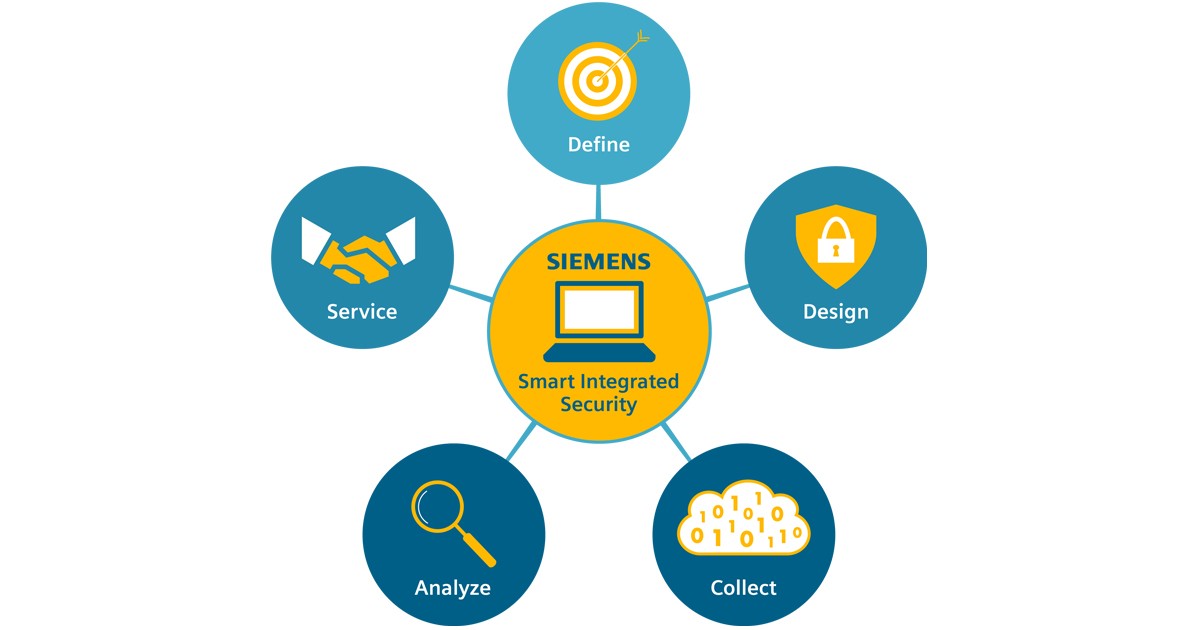Integrated Security Systems: Strengthening Protection Efficacy
In an era where security threats continue to evolve, the need for comprehensive solutions is paramount. Integrated security systems have emerged as a powerful strategy to enhance the effectiveness of protective measures. Let’s delve into the various aspects that make these systems a cornerstone in safeguarding diverse environments.
The Evolution of Security Needs
As security challenges become more sophisticated, the traditional approach of standalone security measures is proving insufficient. Integrated security systems represent a paradigm shift, offering a holistic solution that combines multiple technologies and components to create a robust defense mechanism. This evolution is driven by the imperative to address the dynamic nature of modern security threats.
Seamless Integration of Technologies
One of the key strengths of integrated security systems lies in their ability to seamlessly integrate various technologies. Video surveillance, access control, intrusion detection, and fire alarms can all be interconnected, allowing for a synchronized response to security events. This interoperability ensures a cohesive and coordinated approach to security management.
Enhanced Situational Awareness
Integrated security systems provide a comprehensive view of the security landscape. By aggregating data from different sensors and devices, these systems offer enhanced situational awareness. Security personnel can make well-informed decisions based on real-time information, improving response times and overall effectiveness in handling potential threats.
Centralized Management and Control
A central management platform is a hallmark of integrated security systems. This centralized hub allows for the monitoring and control of various security components from a single interface. Whether it’s adjusting camera angles, managing access permissions, or responding to alarms, the centralized control facilitates efficient and streamlined security operations.
Improved Incident Response
In the event of a security incident, integrated systems enable a swift and coordinated response. Automated responses can be triggered based on predefined rules, and relevant personnel can be notified instantly. This proactive approach minimizes the impact of incidents and contributes to a more resilient security posture.
Scalability for Diverse Environments
Integrated security systems are highly scalable, making them suitable for a variety of environments. Whether deployed in small businesses, large corporations, educational institutions, or government facilities, these systems can be customized to meet the specific security needs of different spaces. This adaptability ensures that security solutions grow alongside evolving requirements.
Cost-Efficiency in the Long Run
While the initial investment in integrated security systems may seem substantial, the long-term benefits often outweigh the costs. The efficiency gains, reduced response times, and the ability to prevent and mitigate security incidents contribute to cost savings over time. The comprehensive nature of these systems also reduces the need for piecemeal security solutions.
Integration with Access Control
Access control is a critical component within integrated security systems. The ability to manage and monitor who enters a facility enhances overall safety. Integrated systems often incorporate biometric authentication, smart card access, and other advanced features, providing a layered approach to access management.
Cybersecurity Considerations
As integrated security systems rely on networked technologies, cybersecurity is a paramount consideration. Ensuring the integrity and security of the system’s infrastructure is essential to prevent unauthorized access and potential cyber threats. Regular updates, encryption, and adherence to cybersecurity best practices are crucial elements of a robust security strategy.
Future Trends and Innovations
The landscape of integrated security systems continues to evolve with advancements in technology. Future trends may include the integration of artificial intelligence for predictive analysis, the use of drones for aerial surveillance, and the incorporation of smart sensors for environmental monitoring. Staying informed about these trends is essential for organizations looking to maintain cutting-edge security measures.
To explore the benefits of integrated security systems and their role in modern security strategies, visit Integrated security systems for insights and updates. As security challenges persist, the integration of diverse technologies remains a key pillar in building a secure and resilient future.

